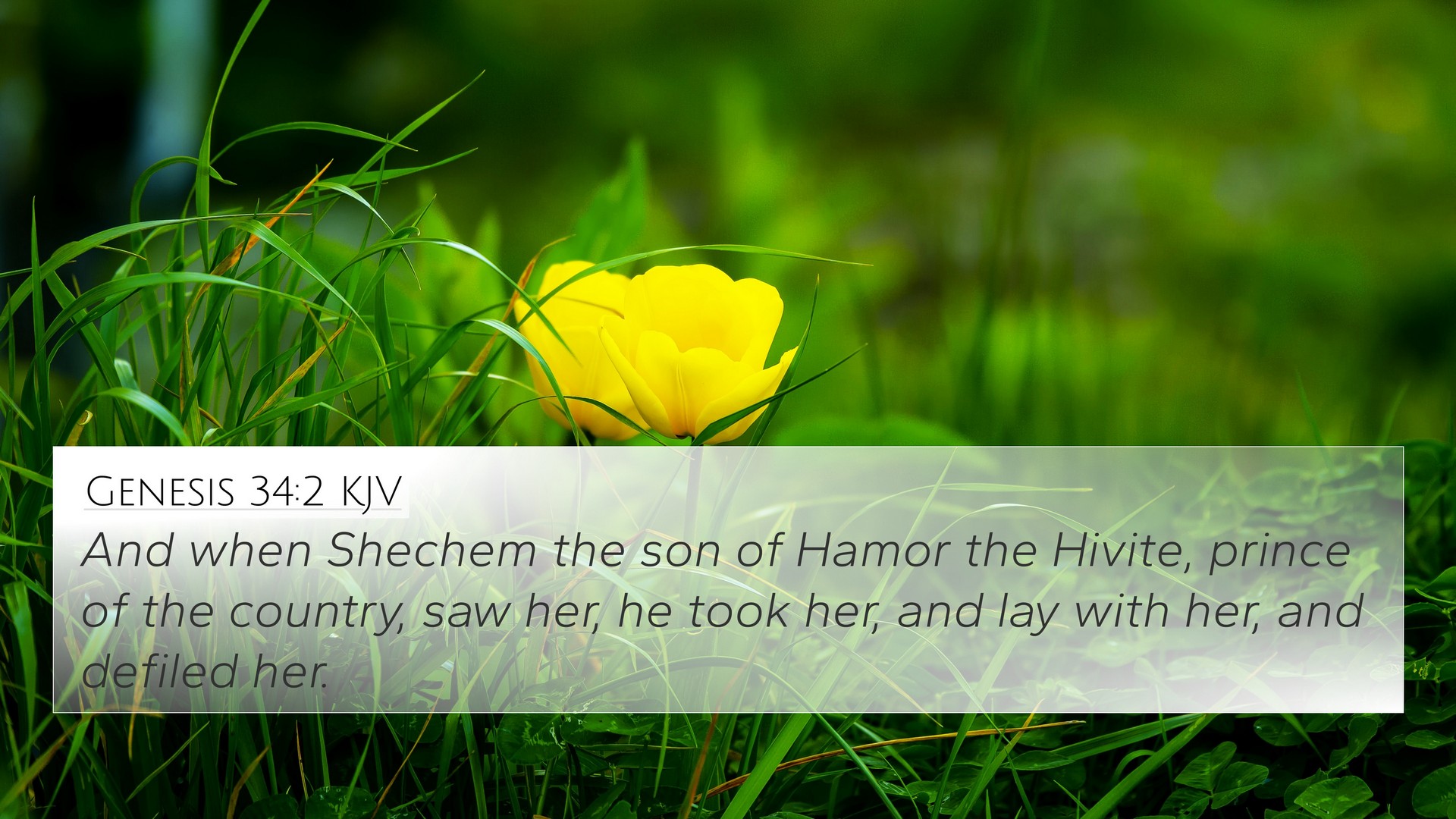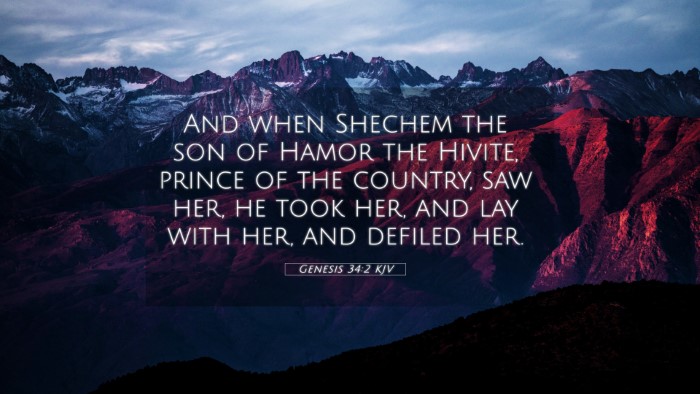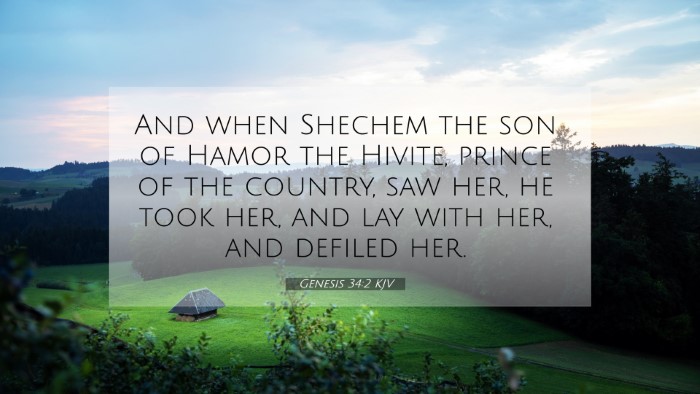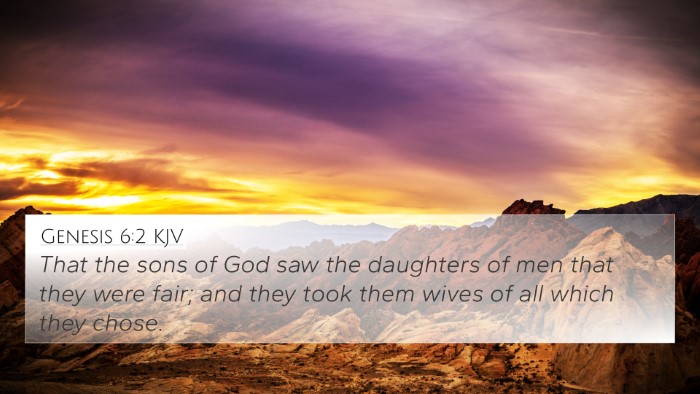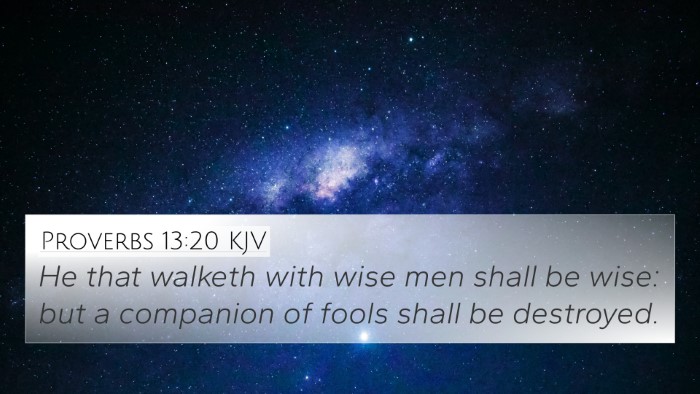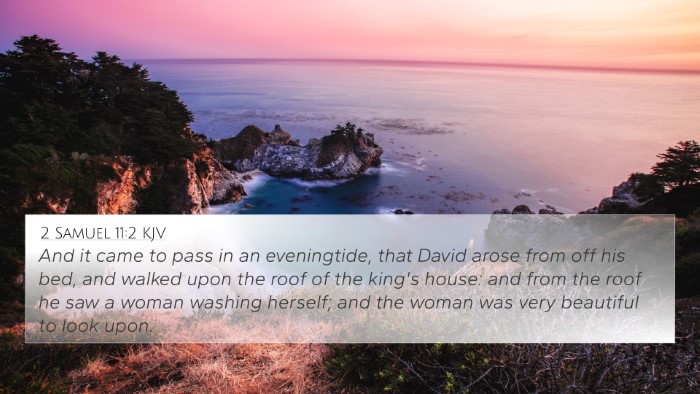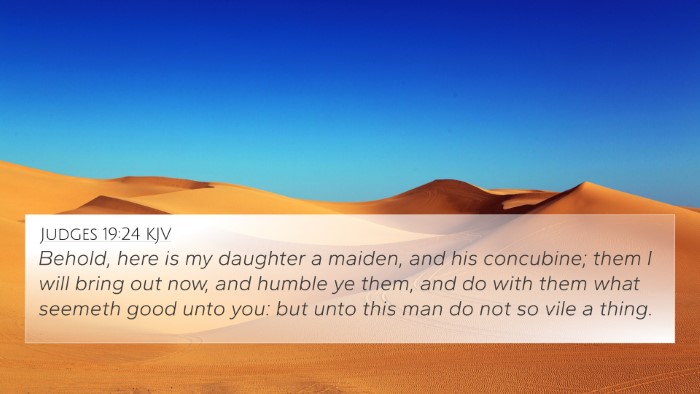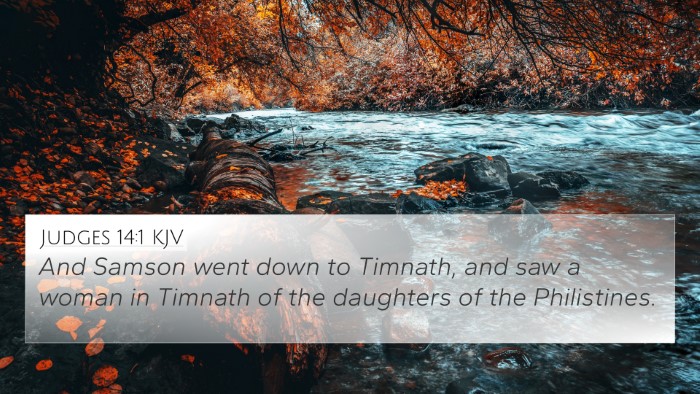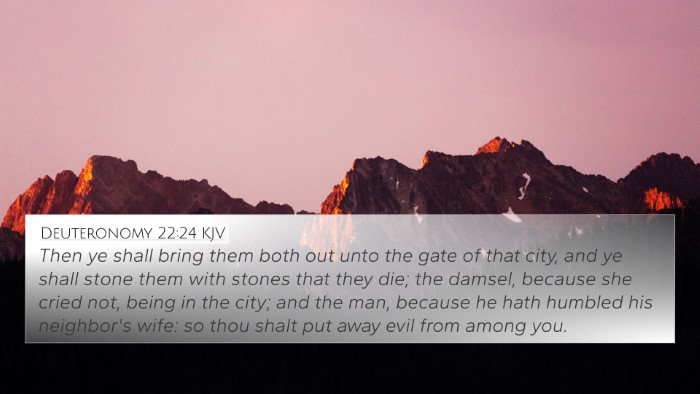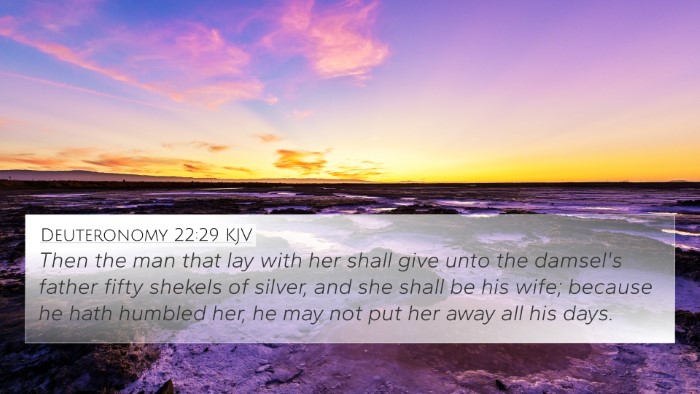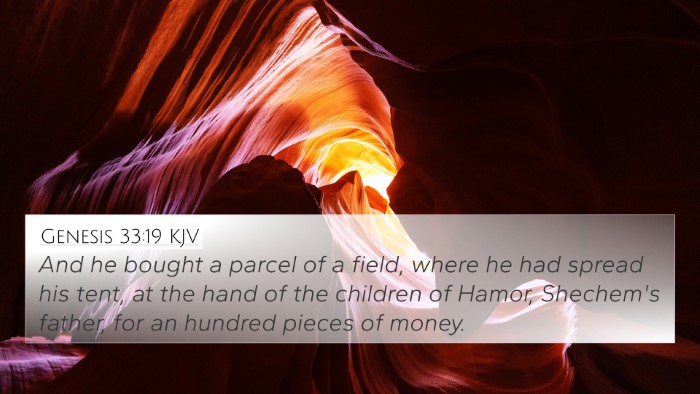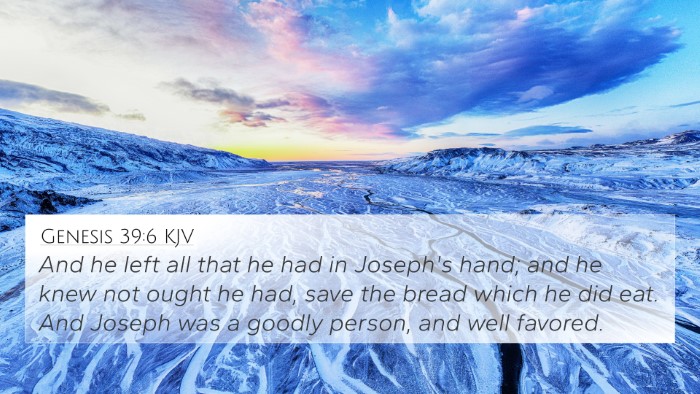Understanding Genesis 34:2
Genesis 34:2 recounts a significant episode involving Dinah, the daughter of Jacob and Leah. The verse states:
"And when Shechem the son of Hamor the Hivite, prince of the country, saw her, he took her and lay with her, and defiled her."
This incident triggers a series of events that reveal social, moral, and familial dynamics at play within the lives of the patriarchs. Below is a summary of insights drawn from various public domain commentaries including those of Matthew Henry, Albert Barnes, and Adam Clarke.
Context of Genesis 34:2
In the broader narrative of Genesis, this verse occurs after the establishment of Jacob's family and their tumultuous journey. The significance of Dinah's story unfolds against a backdrop of cultural practices and inter-family relations.
Exegesis and Commentary Insights
-
Matthew Henry's Commentary:
Henry emphasizes the moral implications of Shechem's actions, portraying them as a violation of Dinah's dignity and the covenantal family lines of Jacob. He denotes the gravity of her defilement and the consequent moral degradation that ensues within the family.
-
Albert Barnes' Notes:
Barnes highlights the political and social ramifications of Shechem's desire for Dinah. He notes that Shechem, being a prince, symbolizes a potential union between the families. However, the act of taking her is viewed as an act of aggression and disrespect.
-
Adam Clarke's Commentary:
Clarke provides insight into the cultural practices of the Hivites and emphasizes the importance of understanding the cultural dynamics at play. He points out that the act of defilement is a reflection of the brokenness in human relationships, and illustrates a conniving side to Shechem’s character.
Thematic Analysis
This verse intertwines various themes including:
- Violation and Dignity: Dinah's experience reflects a significant breach of trust and the consequences of disregarding one’s dignity.
- Family Honor: The repercussions are not solely personal for Dinah but extend to Jacob's entire household, shaking the foundations of familial honor.
- Cultural Conflict: The episode presents a stark contrast between Hebrew values and those of the surrounding peoples, showcasing a moral and ethical divide.
Cross-References for Genesis 34:2
To understand Genesis 34:2 further, consider these related verses and themes:
- Genesis 34:3: "And his soul clave unto Dinah the daughter of Jacob, and he loved the damsel, and spake kindly unto the damsel."
- Genesis 34:7: Jacob's sons react to Shechem's proposals, showcasing the protective instincts of brothers.
- Exodus 22:16-17: Highlights the consequences of seduction and the protection of a woman’s honor in Israelite law.
- Deuteronomy 22:25-27: Further explains laws about sexual conduct and violation, emphasizing the seriousness of Shechem's actions.
- 2 Samuel 13:1-14: The story of Amnon and Tamar; another account of sexual violation within familial contexts.
- Proverbs 6:32: "But whoso committeth adultery with a woman lacketh understanding: he that doeth it destroyeth his own soul."
- Ephesians 5:3: "But fornication, and all uncleanness, or covetousness, let it not be once named among you, as becometh saints."
Concluding Thoughts
Genesis 34:2 provides critical insights into the moral, social, and familial issues faced by early Biblical figures. It serves as a reminder of the consequences of sin and the complexity of human relationships. The insights from public domain commentaries enrich our understanding of the implications of the text, offering a multi-faceted view that invites deeper reflection.
Exploring Biblical Connections
To engage with this text and discover further connections between Bible verses, the following tools can be helpful:
- Bible concordance: Useful for finding specific words and related verses.
- Bible cross-reference guide: Helps in navigating thematic links between scriptures.
- Coding cross-referenced themes: Systematic study through thematic Bible verse connections can deepen overall understanding.
Researching Inter-Biblical Dialogue
To conduct a thorough comparative Bible verse analysis, consider applying cross-referencing study methods, which allow for a more nuanced understanding of the overarching Biblical narrative:
- Identify connections between Old and New Testament scriptures.
- Investigate links between the teachings of the prophets and the apostolic writings.
- Explore cross-referenced themes in the Bible to understand how various scriptures inform and illuminate one another.
